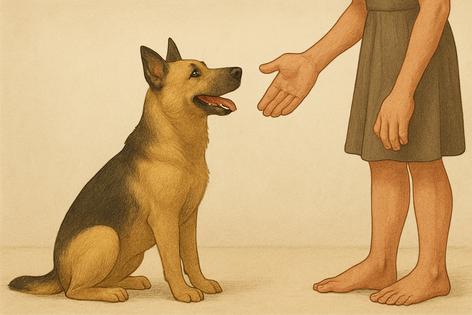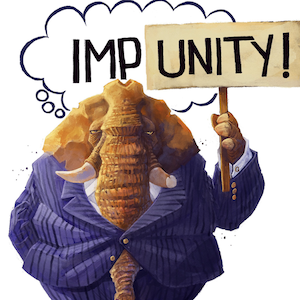Paw and Order: How Pets Learn Rules Without Words
Published in Cats & Dogs News
Every household with pets runs on an unspoken code. Dogs learn not to steal food off the table; cats figure out which furniture is off limits—most of the time. What makes this quiet social contract work is a remarkable blend of observation, repetition and emotional intelligence. Without ever mastering a single word, our companions learn to read us and the world we build around them.
The silent classroom
Training is communication, not command. Animals pick up patterns in tone, timing and body language long before they link any sounds to meaning. A dog that has never heard “sit” will still notice when a raised hand predicts a treat or praise. Cats may not respond to spoken rules, but they are masters at mapping cause and effect. The hiss of a spray bottle or the scrape of a can opener tells them exactly what comes next.
Scientists studying animal cognition describe this as associative learning—the process of connecting one event with another. A click, a hand gesture, a shift in posture: all become cues once they consistently precede a result. What humans interpret as obedience is really prediction. The pet has learned what sequence of signals ends in reward or avoids discomfort.
Reading the room
Pets are far better at decoding human emotion than we once assumed. Dogs track micro-expressions, eye movement and scent changes tied to hormones like cortisol. They can tell whether we’re calm, angry or anxious before we say anything. Cats, though less overtly social, also key into mood. They modulate their approach and vocalizations depending on whether their person is focused, busy or upset.
That emotional radar lets animals adapt their behavior to context. A rule that seems flexible—like jumping on the couch only when invited—relies on these subtle readings. Pets learn when they can bend a norm without punishment and when it’s safer to play it straight. In that sense, their moral compass looks more like situational ethics than rigid law.
Consistency and confusion
Humans are inconsistent teachers. We laugh when a puppy grabs a sock, then scold it the next day for the same trick. Mixed signals scramble an animal’s understanding. Behavioral specialists stress that consistency, not severity, builds reliable habits. Every cue should mean one thing, every time.
This is why trainers preach the power of timing. A reward or correction must arrive within seconds of the behavior to create a link. Delay it, and the animal will pair your response with whatever it was doing at that instant. That’s how dogs end up thinking you’re angry at them for sitting down instead of chewing the furniture. From their view, they complied—and still lost.
How punishment backfires
Old-school training leaned on dominance theory: the idea that humans must act as alpha leaders to maintain control. Modern research rejects this for both ethical and practical reasons. Punishment suppresses behavior but doesn’t teach alternatives. It can also erode trust, especially when the cause of punishment isn’t clear. Positive reinforcement—rewarding the desired behavior—creates faster learning and happier animals.
Dogs and cats learn more from what works than what hurts. Give them a reason to repeat a behavior, and they will. Ignore or redirect mistakes instead of scolding. The brain’s dopamine system rewards success, not fear.
The power of imitation
Observation shapes learning as much as direct experience. Dogs watch other dogs, and cats observe household routines. A new pet will often pick up rules by shadowing an older one—learning when to eat, where to rest, when the leash comes out. Even human behavior becomes a model: a dog may open a door after watching a person do it repeatedly, not because it understands the latch but because it has encoded the motion pattern.
This social learning hints at intelligence that goes beyond reflex. It requires attention, memory and the ability to map another being’s actions onto one’s own body. That’s a rudimentary form of empathy.
Why some rules never stick
Certain boundaries defy even the sharpest learners. Predatory drive, boredom or inconsistent human behavior can override training. A cat that knows it shouldn’t climb the counter may still do it when no one’s watching. The calculation is simple: risk versus reward. If the consequence only happens in your presence, the rule applies only when you’re there.
Animals live in the immediate. To them, fairness means predictability. If the environment changes—the schedule, the household members, the energy of the room—the rulebook must be re-learned. That’s why moves and life disruptions often cause temporary regressions in behavior.
Living by instinct and trust
The longer pets live with people, the more fluent they become in our unspoken cues. A glance, a sigh, the clatter of keys—these carry as much meaning as a command. The relationship evolves from training to mutual understanding. What we call “good behavior” is often just the visible part of that deeper adaptation.
At its heart, rule learning without words is a partnership. We shape our pets’ habits; they shape our patience and empathy. The classroom has no chalkboard, but the lessons are constant: communication is more than language, and authority works best when it’s paired with affection.
========
This article was written, in part, utilizing AI tools.









Comments